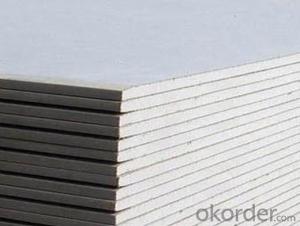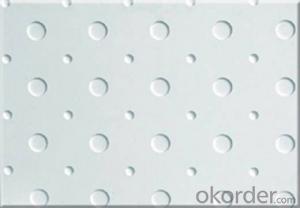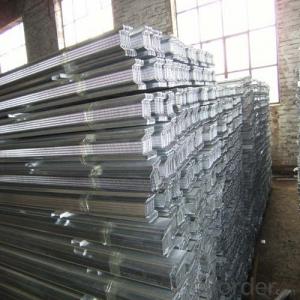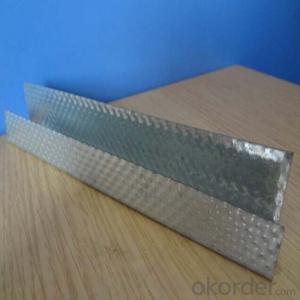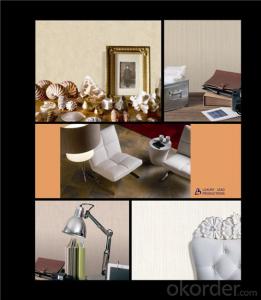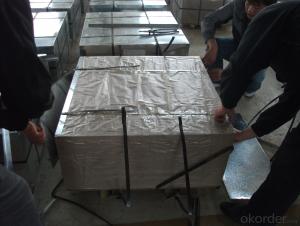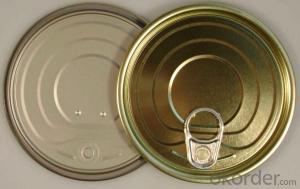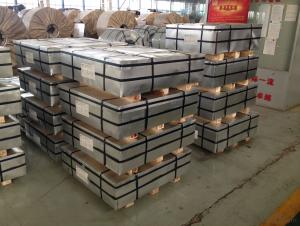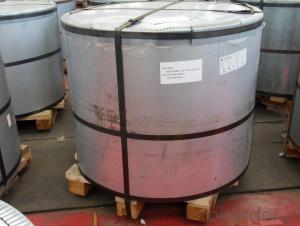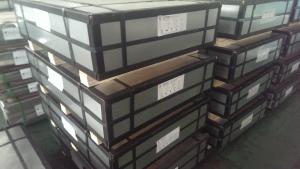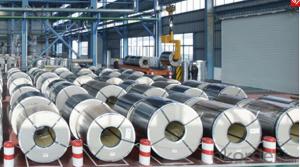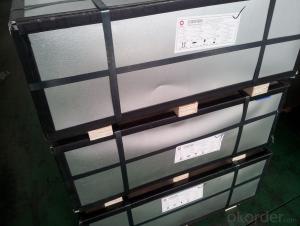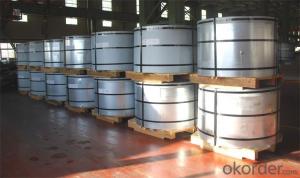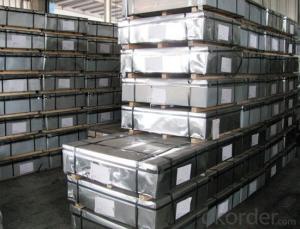Tinplate Material
Tinplate Material Related Searches
Raw Material For Solar Cells Ac Inverter For Solar Panels Plastic Wall Coverings For Bathrooms Fiberglass Sheets For Roofing Heat Reflective Material For Roof Wall Panels For Basement Felt Paper For Roofing Retaining Wall With Geogrid Plastic Coated Steel Roofing Sheets High Quality Roofing FeltHot Searches
Steel Mesh Panels For Sale Cheap High Tea Sets For Sale Cheap Solar Cells For Sale Q Cells Solar Panels For Sale Used Foam Board Insulation For Sale Welded Wire Panels For Sale Types Of Temporary Side Panels For Cement Deck Fiberglass Panels For Sale Magnesium Oxide Board For Sale Hdf Board For Sale sintra board for sale Cheap Mini Laptops For Sale Plywood For Sale Cheap Sandwich Panels For Sale resin panels for sale Cheap Washers For Sale Cheap Tall Vases For Sale Eps Panels For Sale Air Conditioner For Cheap Prices Gypsum Board Price Per Sheet In IndiaTinplate Material Supplier & Manufacturer from China
Okorder.com is a professional Tinplate Material supplier & manufacturer, offers integrated one-stop services including real-time quoting and online cargo tracking. We are funded by CNBM Group, a Fortune 500 enterprise and the largest Tinplate Material firm in China.Hot Products
FAQ
- Cookies with tinplate packaging has what advantage?
- Mature technology and high production efficiency: the production of tinplate has a long history, mature technology is a set of production equipment with matching, high production efficiency, can meet a variety of product packaging needs.
- Tinplate can significantly enhance the overall product visibility due to its shiny and reflective surface. The reflective nature of tinplate allows for better light reflection, making the product more noticeable and eye-catching on store shelves. Additionally, tinplate can be easily printed upon, enabling vibrant and high-quality graphics that further attract consumer attention.
- The environmental impacts of using tinplate include deforestation, energy consumption, and pollution. The production of tinplate often requires large amounts of timber for the production of charcoal, resulting in deforestation and habitat destruction. Additionally, the manufacturing process of tinplate involves high energy consumption, which contributes to greenhouse gas emissions. Furthermore, the use of chemicals in the production and coating of tinplate can lead to water and soil pollution if not properly managed.
- The production of tinplate has several environmental impacts. The extraction and processing of tin ore can result in habitat destruction, deforestation, and soil erosion. The smelting process emits greenhouse gases, contributing to climate change. Additionally, the use of chemicals during production can contaminate water sources and harm aquatic life. Proper waste management and adopting more sustainable practices can help mitigate these impacts.
- The main quality standards for tinplate include the thickness and uniformity of the tin coating, adhesion strength between the tin and base metal, absence of surface defects such as scratches or dents, and compliance with specific mechanical and chemical properties required for different applications.
- Tinplate is commonly used in the medical industry for packaging purposes, specifically for storing and preserving medical devices, pharmaceutical products, and other sensitive healthcare items. Its corrosion resistance and ability to protect against contamination make it ideal for ensuring the safety and sterility of medical supplies. Additionally, tinplate's light weight and durability make it suitable for portable medical devices and portable packaging solutions.
